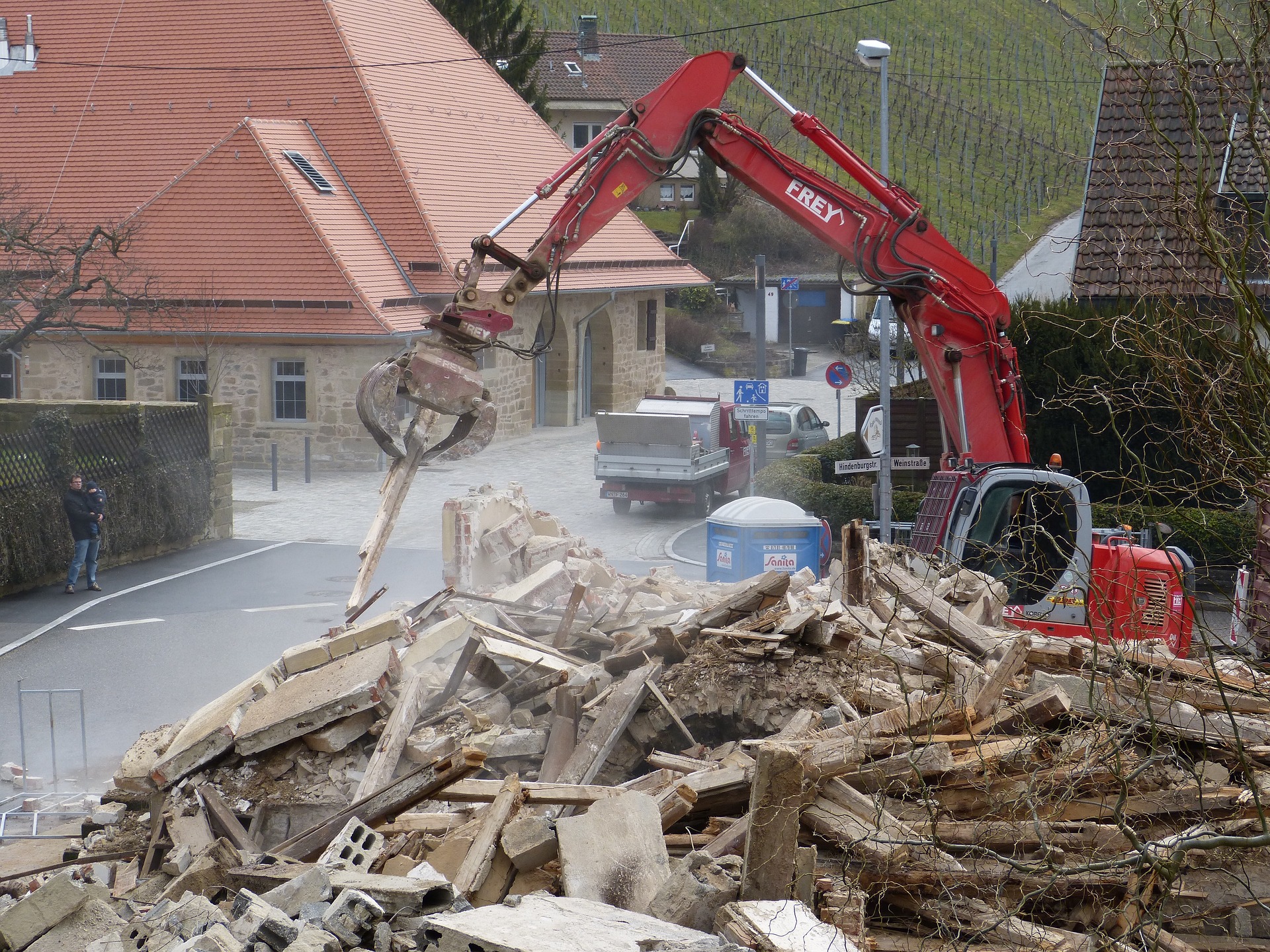Part I: Is Solar Smart?
To understand our approach to net zero energy building (aka zero energy building, net positive building, zero energy ready building, etc.), it’s helpful to look at how we understand “sustainability” in the built realm. As builders, Hammer & Hand’s first connection with sustainability comes through durability. The most fundamental form of sustainability is to build to last. In John Ruskin’s words:
“When we build, let us think that we build forever. Let it not be for present delight nor for present use alone. Let it be such work as our descendants will thank us for.”
Ruskin captures the notion that we should be building for future generations.
This concern with the future impact of what we build today also infuses our second connection with sustainability: concern about climate change. The pie chart below from Architecture 2030, based on data from the US Energy Information Administration, shows that nearly half of US carbon dioxide emissions comes from our buildings.
So, as builders, we have both the responsibility and the opportunity to be part of the climate solution, to help transform the ways our buildings perform.


